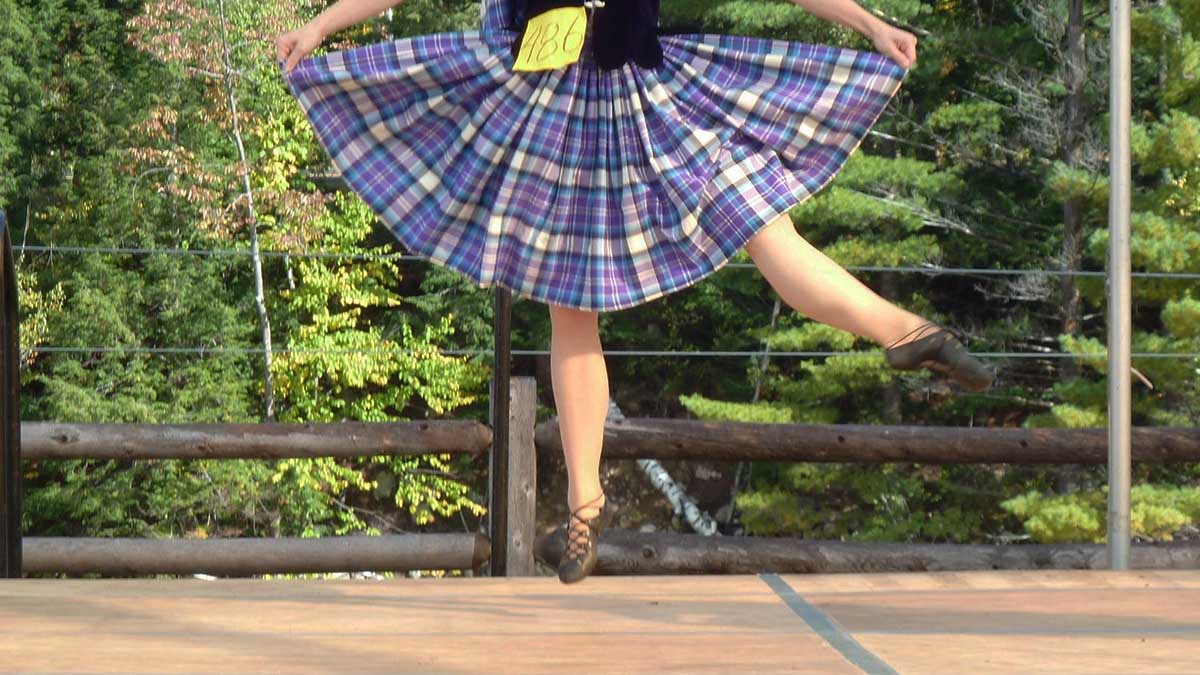In summer 2025, more than 1,000 Highland dancers will step onto the Shaw Centre stage in Ottawa to perform and compete in the ScotDance Canada Championship Series.
The five-day event will feature dancers from the United States, Scotland, Australia, New Zealand and each Canadian province.
“You show up on the day and you see all the other dancers in their calibre, and you get a sense that, oh, I’m dancing with world-class dancers,” said Lisa Brooks, who represented Quebec at the Canadian Championship in 2005 and 2008.
Highland Dance originated in Scotland and today the Scottish Official Board of Highland Dancing oversees nearly every competition in the world. Canada’s national organization is ScotDance Canada, which facilitates the ScotDance Canada Championship series.
As the name suggests, the event is a series of competitions. Each province takes turns hosting the annual championship series. In 2023, it was Halifax and in 2024, Kamloops will host the dancers.
Ottawa was originally to host in 2021, but the competition was delayed because of COVID-19. There are 13 Highland Dance studios in the Ottawa area (every year since 1948, Glengarry hosts its own Highland Games).
Highland Dancing conjures thoughts of brightly coloured kilts and jaunty bagpipe music, but it is more than that. The sport includes a variety of dances originating from Scotland’s rich history.
In modern competitions, there are four dances: The Sword Dance, The Seann Triubhas, The Highland Fling, and The Reel of Tulloch. Each is based on Scottish history, from a Scottish King dancing over the body of a slain adversary, to a church congregation keeping warm on a cold morning by dancing.
Unlike many forms, Highland Dance uses precise traditional movements accompanied by bagpipe music. In competitions, there are five divisions: primary, beginner, novice, intermediate and premier.
Co-chairing the Ottawa event are Gillian Macdonald and Fiona Champagne. As former dancers, and now teachers, both are familiar with the pressure of the competition.
The co-chairs organize hotels, sponsors, funding and other details of the series. Recently, they had a fundraiser at De La Salle High School, though Macdonald said additional support comes from donations and corporate sponsors.
The main event is the Canadian Championship. Leading up to the competition, each provincial body, except Newfoundland, has selection meets that result in three representatives from each province. “Right out of the chute we’re guaranteed 160-plus dancers,” Champagne said.
Champagne called the Canadian Championship “the crown jewel” of the series, as it is the only competition that has qualifying events. The other competitions are open to any of the dancers.
Brooks said that the preliminary competitions are nerve-wracking and thrilling.
“For me, it was all pure excitement because I didn’t know what to expect,” she said.
Within the competitions, Macdonald said one unique aspect of Highland Dancing is that there are no differences between male and female dancers.
“If a male wants to dress in a female outfit, or vice versa, that’s their prerogative, and we just judge what we see,” she said. Similarly, there is no variation in dance styles between male and female dancers: the moves and techniques are same.
The Canadian Championship Series is tightly scheduled. However, Champagne and Macdonald said they are finding ways to make it unique, and incorporating a section where dancers can use modern choreography and music, rather than the bagpipes.
Brooks said even after COVID-19, Highland Dance is staying strong, “It was quite hard. I mean, everything was hard in 2020 and 2021. Many different activities all suffered from lack of kiddos, a lack of new students coming in. But in the past two years, it has really started to bounce back.”
Even people who didn’t grow up Highland Dancing can get involved through adult classes. In Ottawa, the Katherine Robinson School of Dance offers an Intro to Highland class for people looking to get started.
“People have the sense to want to connect with where they’re from … even if it’s in a very simple way,” Brooks said.




